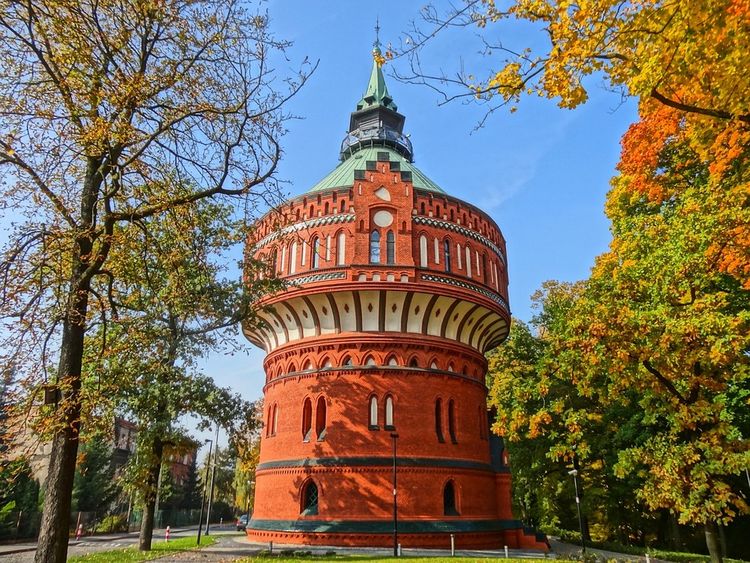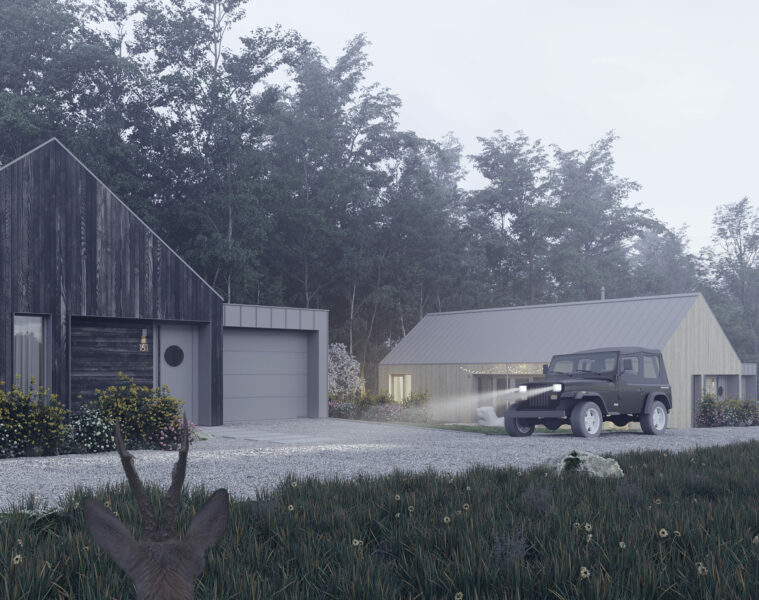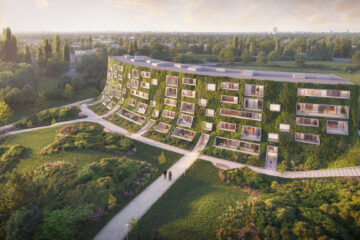The Water Tower in Bydgoszcz is one of the city’s most interesting landmarks. The building of the Water Tower was built between 1899 and 1900 in neo-Gothic style according to a design by Carl Meyer. Its commissioning took place in May 1900
After a restoration, the water tower with its popular panoramic terrace will be open to visitors again from Saturday (23 September). This weekend, the structure will be open longer and admission will be free!
Its primary and main use was as a water tank to maintain pressure in the water supply system. The building was planned on a circular plan with a small entrance risalit to the north. The body of the building is cylindrical, somewhat squat, with a smaller base and a larger tank section, topped by a conical roof covered with copper sheet and topped by a decorative viewing turret – a 6-sided lantern. The entrance to the building is located on the north side. The façade is decorated, among other things, with blend frames, cornices, friezes and crenellations in moulded and glazed brick. The building has 4 internal levels
After a change of use and restoration work, it was reopened in 2012 and has since been used for museum and exhibition functions. Alongside the Pump Hall in the Gdansk Forest, it is part of the Waterworks Museum. In order to keep the valuable building in good technical condition, MWIK commissioned additional conservation work last year. This included, above all, the repair and sealing of gutter drains, the elimination of damp, and the repair of damaged wall sections. The roof trusses received new protective coatings against corrosion and fire (wooden elements). Work was also carried out on the viewing terrace, including insulation and repainting of steel elements. The damaged glazed ceramic fittings with their characteristic dark green colour were replaced. In addition, ventilation of the corridor was designed. All conservation work was completed during the summer holidays.
After the renovation, the Pressure Tower will once again house permanent exhibitions and many valuable artefacts, including: wooden water pipes, water tokens, fittings for former bathrooms and toilets, archival photographs and documents. Multimedia information kiosks will also be available, with digitally recorded information about water and waterworks. Films are also presented there, showing: the history of water, ways of obtaining and using it from ancient times to the present day; the history of Bydgoszcz’s waterworks, as well as animations depicting: the water cycle in nature, the course of technological processes of collecting deep and surface water, its purification and treatment. One of the attractions of the Waterworks Museum in Filarecka Street is the viewing terrace on the 38 metres of the tower (the highest publicly accessible viewing point in the city), which is open to visitors. After climbing almost 170 steps, one can admire the panorama of Bydgoszcz.
source, photos: UM Bydgoszcz / https://www.bydgoszcz.pl/
Read also: Architecture in Poland | Monument | City | Renovation | Museum | Bydgoszcz | whiteMAD on Instagram
































